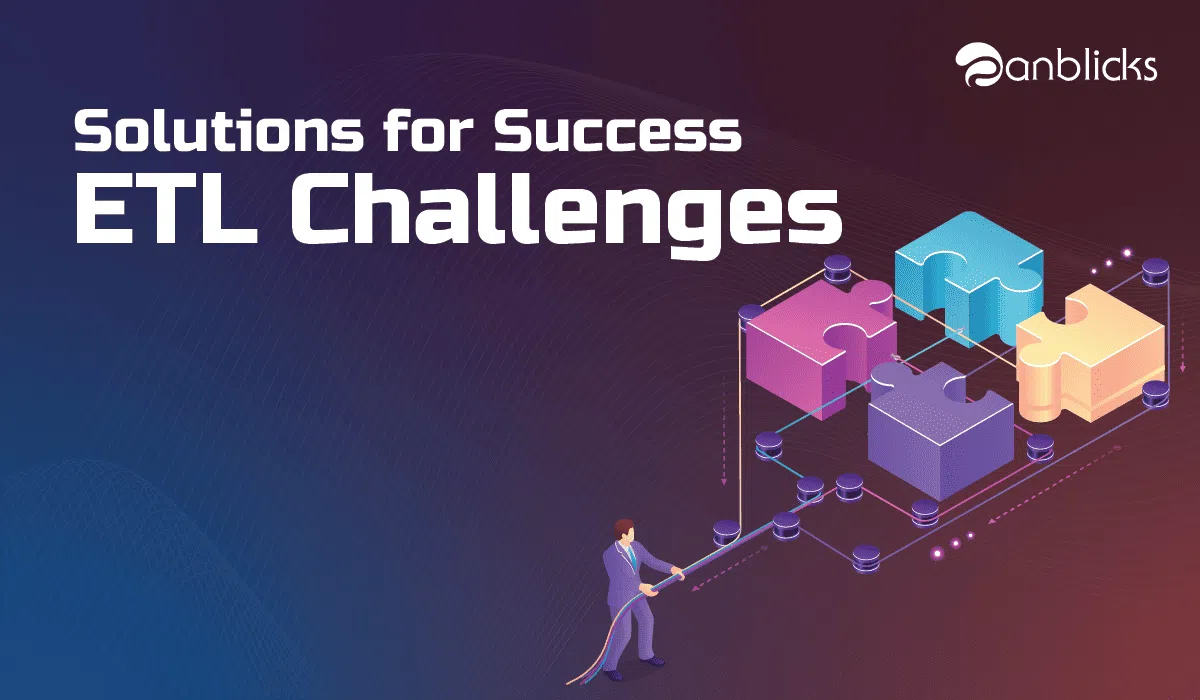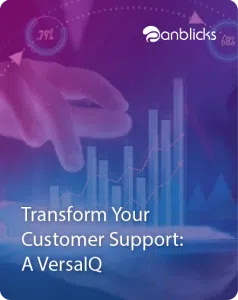
Overcoming the Challenges Hampering Your ETL Processes
TL;DR
- Identify common challenges that hinder ETL processes, such as data quality issues and integration difficulties.
- Adopt strategies for effective data extraction, transformation, and loading to streamline workflows.
- Utilize automation tools to reduce manual errors and enhance overall efficiency of ETL operations.
The ETL or Extract, Transform, Load process is a significant pillar of an organization’s data processing. The process allows the user to extract the information from multiple sources and load it to a single data warehouse. The purpose of this process is to make high-quality data available swiftly and consistently.
Often the business leaders find that their ETL processes or ETL frameworks are susceptible to problems and issues resulting in the operational downtime and failure of the tasks. So what are these challenges that plague the ETL process of an organization? And, most notably, how can you overcome them?
Let’s have a walk through the challenges that are dampening the data strategies of your business.
1. Prolonged and Insufficient Queries
An inefficiently designed SQL query can result in more computation than is required. These queries can run for minutes or even hours before they execute entirely. For instance, a query might be scanning an entire data set where it only needs to scan a limited number of tables. Such queries can occupy the resource and delay the ETL process altogether. This is the major challenge you might face while strategizing your ETL process or developing the data strategy for your business.
2. Overburdened Data Loads
Over the period, both the demand and volume of your enterprise data have been growing significantly. Data volume running through the ETL processes is in sync with multiple data records and data transactions. Nevertheless, data volume has become a significant concern for organizations since their ETL processes struggle to scale up adequately and cannot match these heavy data loads. This, as a result, causes issues such as:
- Loading irrelevant and extraneous data
- Forms bottleneck due to insufficient CPU or memory resources
- Serial data processing instead of parallel processing
3. Multiple Data Access
Your business can accumulate data from various sources which might be based on different technologies. These sources may have different rules for data governance, and most importantly, they might have other owners. Looking at these possibilities, detecting non-conformances for the required business requirements for data warehousing is not enough. Non the contrary, it is more critical to identify the source of the defect. However, since there are multiple owners and several accesses to the data, identification and extracting a single source might get difficult for your business.
So these are the challenges that hamper the ETL process in an organization. Now the question arises, how can you overcome these challenges? Let’s have a look at some of the solutions:
1. Build vs Buy: Choose Wisely
Before you step into ETL processes, carefully decide whether you want to build or buy ETL tools. Since ETL processes can be fun in the beginning, they can get quite daunting quickly. According to Jeff Magnusson, director of the data platform in a reputed data company states that “Engineers should not write ETLs.
Writing ELTs should not be a dedicated role in a professional organization. There is nothing more daunting than writing, maintaining, modifying, and supporting ETL processes to support data you never get to use or consume. So, even your developers are excited about the challenges, understand the dynamics of your business, get aware of the data requirements, and then choose wisely between build-vs-buy for ETL tools and processes.
2. A Robust Cleansing Mechanism
On the one hand, where most data warehouses have the processing capabilities to manage data modeling, you should implement a robust cleansing mechanism. This mechanism shall be able to put your data in such a manner that it complements the data from other sources.
3. Use of Low Code ETL Framework
A low code ETL framework allows you to add new data sources and integration pipelines almost automatically. These frameworks require little or no input from developers, making them easy to use. As a result, low code ETL frameworks can save 60% of the time needed to extract, transform, and load the data into the data warehouse.
Now we are aware of the challenges and solutions for ETL processes, let’s have a look at the benefits of having an optimum and seamless ETL framework at the enterprise level:
- Lower Total Cost of Ownership (TCO)
Having access to a robust low code ETL tool allows you to reduce the total cost of ownership or TCO of the business. This is because the low code ETL framework allows your developers to reduce the development time by automating the recurring processes. The framework also allows you to streamline your deployments resulting in better opportunities for your business. - Enhanced Operational Efficiency
The low code ETL framework allows your business to enhance operational efficiency as it improves the monitoring of data ensuring the integrity of the data is maintained. The framework also helps you manage the workflow and data loads allowing them to be easily accessible for ETL processes. - Substantial Value Addition
Some low code ETL frameworks such as Anblicks’ Azure Data Factory Config Driven Framework provide unique dashboards to manage your ETL processes. These dashboards allow you to have a complete view of the demographics of your business environment, which further helps you to manage parallel tasks and the implementation of an efficient orchestration layer.
To Sum Up
Data volume and demand have exponentially increased in the past decade. Businesses across the globe rely on data to make crucial decisions that help their company to grow. However, the sudden increase in data volume growth in an organization has led to a bottleneck for the stakeholders. To remain competitive and have a successful venture, you need to update your ETL process with best practices and tools.







